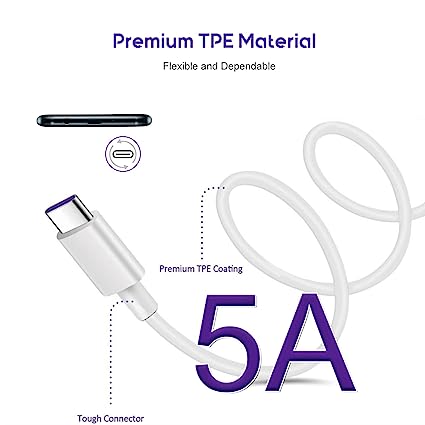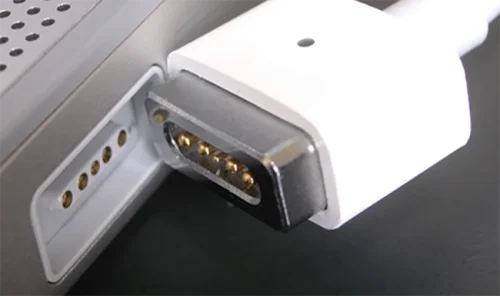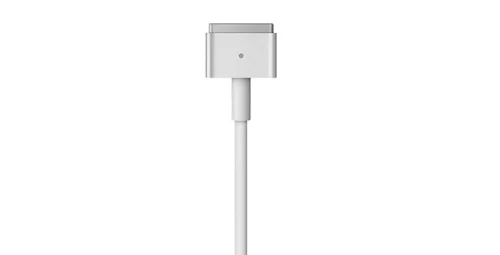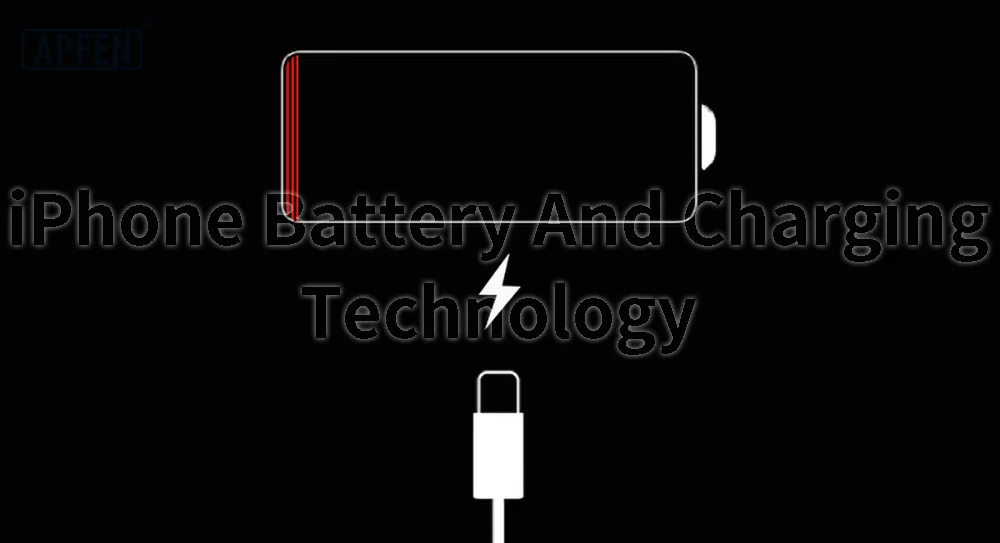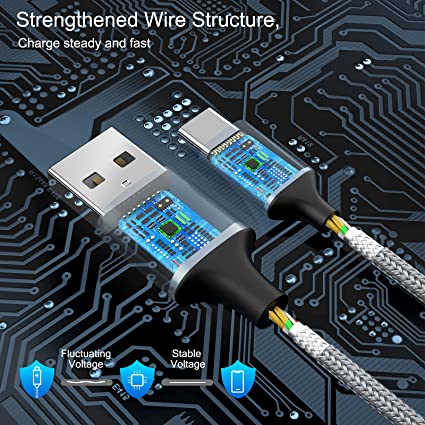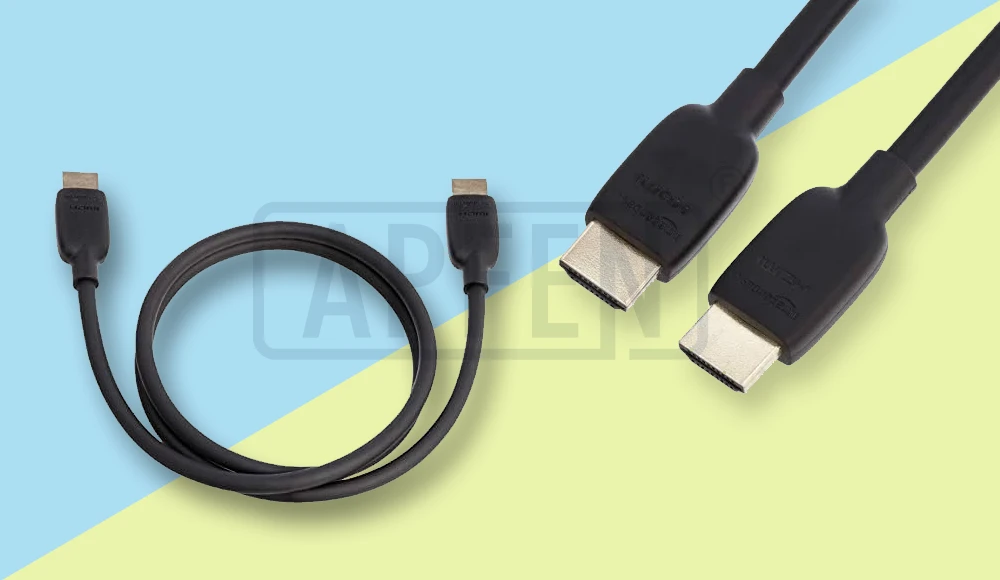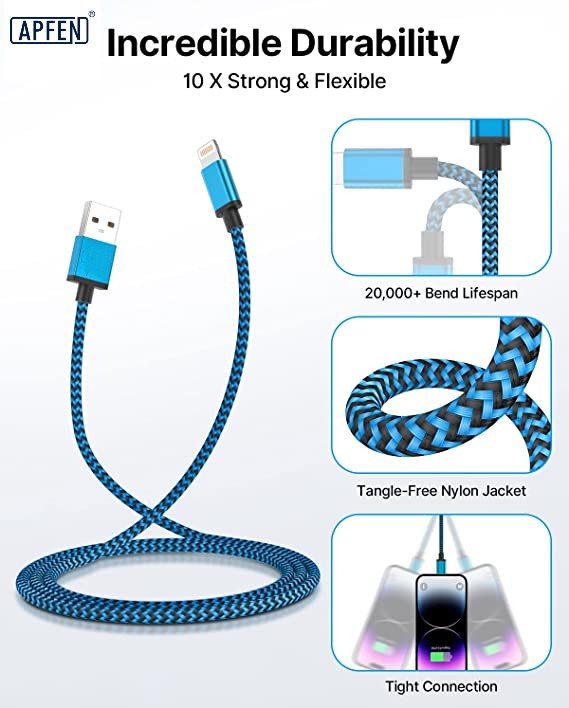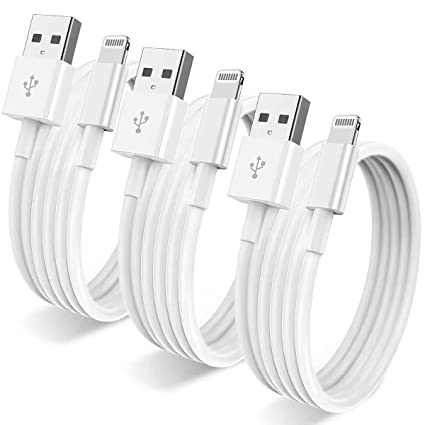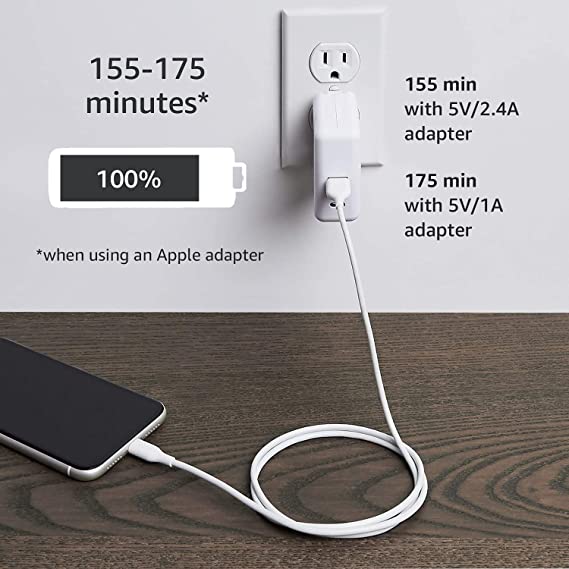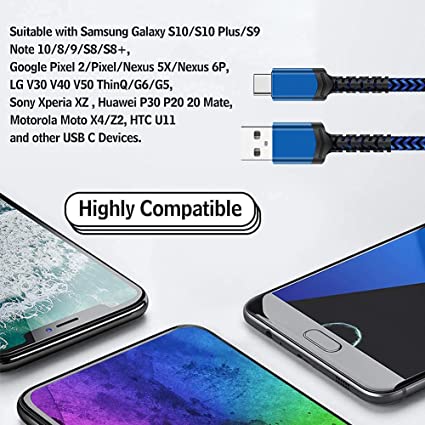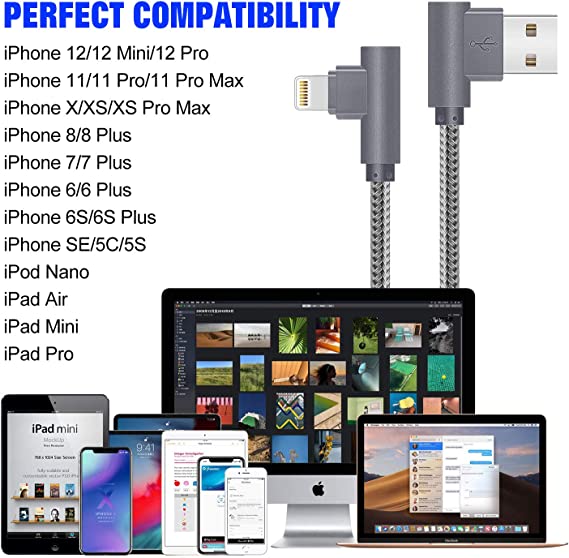Usb Data cables have become an indispensable part of our lives. It is used to connect the mobile device and the computer for the purpose of data communication. USB cable material: How to identify Mobile Phone Data Cable Material
USB is an industry standard for connecting, communicating, and charging devices or accessories. The acronym stands for Universal Serial Bus. The Best USB-C Cables for Your Phone, Tablet, or Laptop. The material of mobile phone data cable and can be observed and judged through the following aspects:
Appearance material: Check whether the appearance material of the data cable is smooth and textured. Generally, the appearance material of the better data cable is TPE, nylon woven material and so on.
Core material: You can disassemble one end of the data cable and observe the material of its core. The best data wire core is mostly copper, and the copper wire core has good transmission performance. USB types mentioned above only cover the shape, size, and format used to connect devices and accessories. Not all USB cables are built the same, even if they look alike.
Wrapping material: Observe the material of the data cable wrapping layer. The better data cable wrapping layer is generally made of wear-resistant and stretch-resistant materials, such as nylon woven material. the high-quality copper core material will have lower resistance than other materials and the charging time will be faster. Some will also add a layer of aluminum foil shielding layer and metal woven mesh to the core to make the charging and transmission process more stable.
Bending strength: Test whether the data line is easy to break after bending, and the better data line generally has a higher bending strength.
Welding point: Observe whether the connection of the data line is solidly welded, whether the welding point is loose, tin leakage and other phenomena.
Brand and certification: Choose well-known brands and through the relevant certification of the data line, the general quality is more reliable.
It should be noted that some low-quality data lines may be modified, and the appearance does not match the quality performance, so it is difficult to judge the true quality by appearance alone. It is recommended to choose a regular channel or brand when purchasing, and try to avoid buying poor quality data lines.

